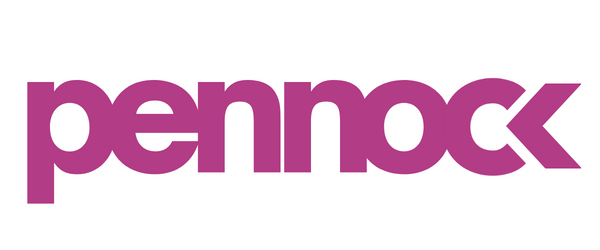Email Marketing: Best Practices
Email marketing has been around for a long time and it continues to produce an impressive return on investment, generates leads and converts more prospects for your business. While email marketing may not get the attention some newer marketing channels get, it is one of the most effective digital channels and has numerous benefits.
Low Cost. All you need is an email list, a basic strategy and an email marketing software provider to help you run your campaigns.
The Preferred Marketing Medium. According to Adobe, most people prefer to be contacted and receive offers from companies through email rather than other channels. This makes perfect sense since well-designed marketing emails are relevant and non-intrusive.
Precision. Unlike with other marketing channels, when you send an email marketing campaign you’re targeting people who you already know and have their details in your contact list.
Targeted and Personalized Communication. You can collect relevant information from your contacts along the subscription process and use it to tailor the communication to their needs and preferences.
Excellent Return on Investment. According to a study by DMA, email marketing’s return on investment is 38:1 on average. For example, if you invest $1 in your email marketing activities, you’ll get $38 in return. Remember, this is just an average—it depends on the size of your email list, design and call-to-action.
Now that you know the key benefits of email marketing, let’s dive into email marketing best practices.
Welcome Emails
The welcome email is the single most effective message you can send. Average open rates soar above 80% and click-through rates are around 22-25%. Not to mention, welcome emails help you connect with new subscribers and offer them something valuable or exclusive at the start of their journey.
Frequency
How often should you contact your subscribers? This is a tricky question! In our experience, we see that email marketers who send one newsletter per week get the highest open rates and click-through rates (on average, the open rate is 34%). The more emails you send per week, we notice the open rate and click-through rates decline.
Email Subject Lines
Studies show up to 50% of subscribers decide to open a message based on the subject line. Take time to craft your email subject lines—in other words, treat them as the most important element of your campaign! And don’t forget to be creative. Personalization and emojis have both shown a positive effect on the average email open rates.
Engaging Content
Put your creative pants back on! Emails with images perform better than those without (4% CTR vs. 2.9% CTR). Emails with video perform even better—8% CTR! Another way to make your emails convert better is to make them skimmable. Structure your content in a way that makes it easy to read—bullet points, headlines and preheader text help quickly state your main message. But don’t just take our word for it—analyze your campaigns and see what works best for your brand.
Inspire Action
When designing your emails, make sure recipients know what to do next. Is it to shop your latest products? Or register for a webinar? Whatever it is, be sure to ask for it! Your call-to-action (CTA) can be anything from a button or simple text. According to our research, repeating your CTAs throughout your email makes them standout and gives them the attention they deserve. And don’t forget to make your CTAs easily accessible (think of how many people open emails on their mobile devices).
Unsubscribing
Since one of our main goals is to grow our email lists, we hate to see people leave. But you have to understand that there are usually good reasons why people opt-out of receiving your super cool emails. Maybe your services are no longer needed or they bought a similar product elsewhere. Whatever the reason, you want to make sure your unsubscribe process is simple (i.e. a one or two click unsubscribe process through a hyperlink in your footer is very common and one of the easiest processes).
Segment Your Audience
Sending an email blast to your entire list may work from time to time. But your chances of generating sales with your email campaigns are the highest when you create personalized content designed for individual customer segments. We suggest categorizing your email list into segments—here are a few examples: demographics, interests, stage of the sales funnel, most engaged subscribers. Once you’ve created your segments, target the specific segments with separate email campaigns.
Automated Email Audits
What you put into your email communication isn’t always going to be evergreen. Your language, things you’re referencing or images you’re using may all become outdated. Make auditing your email communication a standard procedure and something you do every quarter. This way, you’ll ensure that your messaging stays relevant, engaging and considerate.
Email List Audits
Clean out your email list on a regular basis (this is something you can do while auditing your email communication—so once a quarter). Some of your email contacts might not opt-out of your email campaign, but still never open your emails. It's tempting to email as many people as possible to reach more prospects, but keeping your least-engaged recipients on your mailing list can kill your open rate.
Wrapping Up
An effective email program will help you keep your audience informed and engaged with your brand and its offering. Also, it’ll help you turn window-shoppers into customers and one-time buyers into loyal brand advocates.
Now that you’ve read our recommended email marketing best practices—what will you focus on first?

